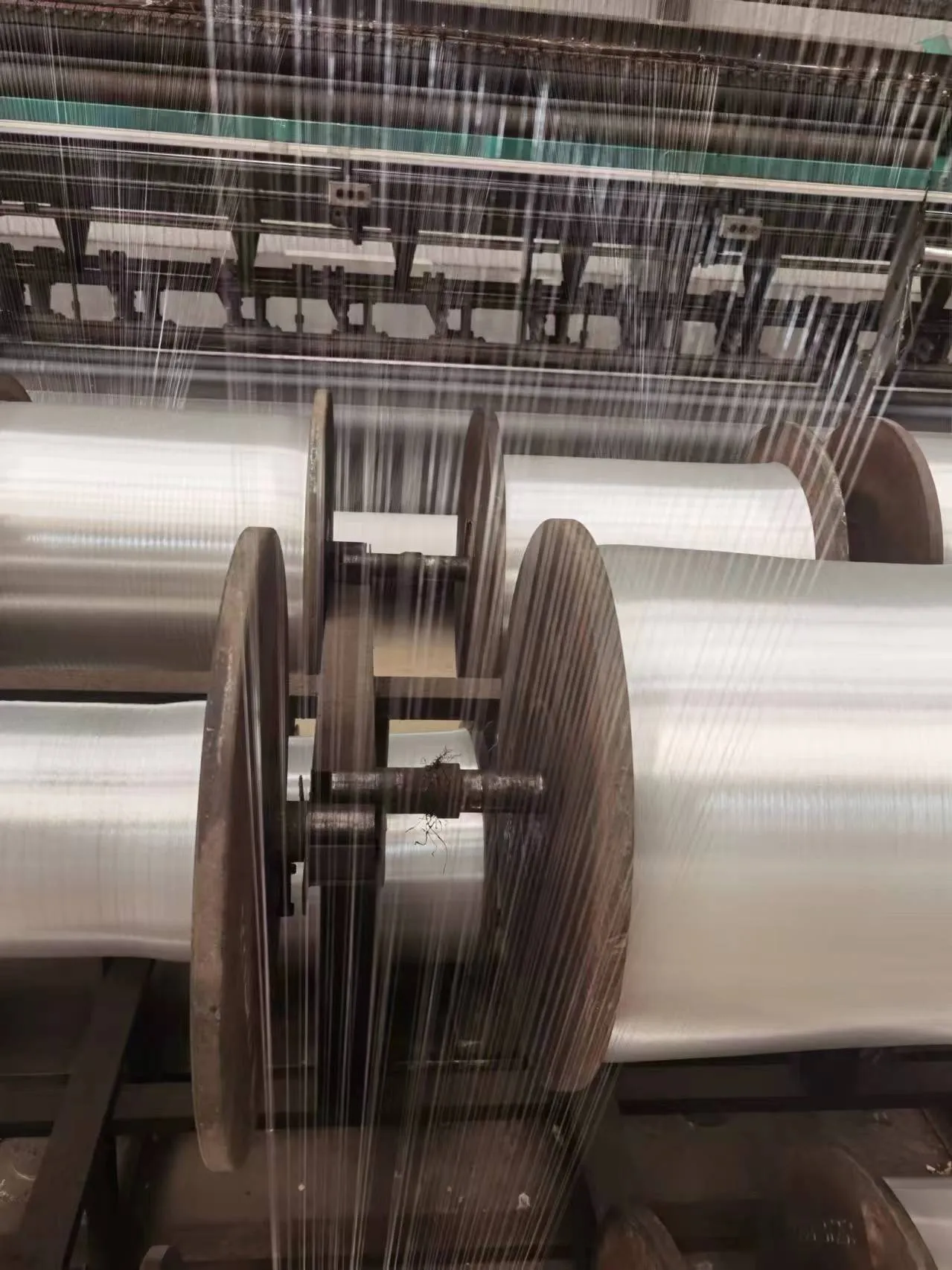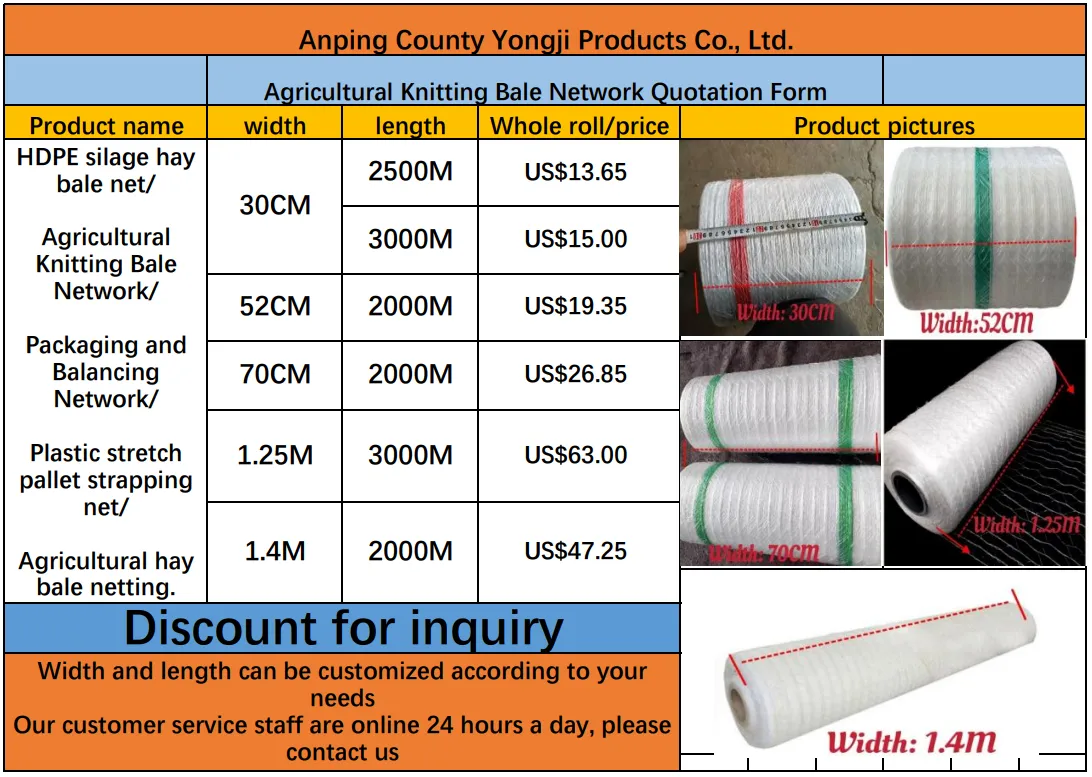-
 Afrikaans
Afrikaans -
 Albanian
Albanian -
 Amharic
Amharic -
 Arabic
Arabic -
 Armenian
Armenian -
 Azerbaijani
Azerbaijani -
 Basque
Basque -
 Belarusian
Belarusian -
 Bengali
Bengali -
 Bosnian
Bosnian -
 Bulgarian
Bulgarian -
 Catalan
Catalan -
 Cebuano
Cebuano -
 China
China -
 Corsican
Corsican -
 Croatian
Croatian -
 Czech
Czech -
 Danish
Danish -
 Dutch
Dutch -
 English
English -
 Esperanto
Esperanto -
 Estonian
Estonian -
 Finnish
Finnish -
 French
French -
 Frisian
Frisian -
 Galician
Galician -
 Georgian
Georgian -
 German
German -
 Greek
Greek -
 Gujarati
Gujarati -
 Haitian Creole
Haitian Creole -
 hausa
hausa -
 hawaiian
hawaiian -
 Hebrew
Hebrew -
 Hindi
Hindi -
 Miao
Miao -
 Hungarian
Hungarian -
 Icelandic
Icelandic -
 igbo
igbo -
 Indonesian
Indonesian -
 irish
irish -
 Italian
Italian -
 Japanese
Japanese -
 Javanese
Javanese -
 Kannada
Kannada -
 kazakh
kazakh -
 Khmer
Khmer -
 Rwandese
Rwandese -
 Korean
Korean -
 Kurdish
Kurdish -
 Kyrgyz
Kyrgyz -
 Lao
Lao -
 Latin
Latin -
 Latvian
Latvian -
 Lithuanian
Lithuanian -
 Luxembourgish
Luxembourgish -
 Macedonian
Macedonian -
 Malgashi
Malgashi -
 Malay
Malay -
 Malayalam
Malayalam -
 Maltese
Maltese -
 Maori
Maori -
 Marathi
Marathi -
 Mongolian
Mongolian -
 Myanmar
Myanmar -
 Nepali
Nepali -
 Norwegian
Norwegian -
 Norwegian
Norwegian -
 Occitan
Occitan -
 Pashto
Pashto -
 Persian
Persian -
 Polish
Polish -
 Portuguese
Portuguese -
 Punjabi
Punjabi -
 Romanian
Romanian -
 Russian
Russian -
 Samoan
Samoan -
 Scottish Gaelic
Scottish Gaelic -
 Serbian
Serbian -
 Sesotho
Sesotho -
 Shona
Shona -
 Sindhi
Sindhi -
 Sinhala
Sinhala -
 Slovak
Slovak -
 Slovenian
Slovenian -
 Somali
Somali -
 Spanish
Spanish -
 Sundanese
Sundanese -
 Swahili
Swahili -
 Swedish
Swedish -
 Tagalog
Tagalog -
 Tajik
Tajik -
 Tamil
Tamil -
 Tatar
Tatar -
 Telugu
Telugu -
 Thai
Thai -
 Turkish
Turkish -
 Turkmen
Turkmen -
 Ukrainian
Ukrainian -
 Urdu
Urdu -
 Uighur
Uighur -
 Uzbek
Uzbek -
 Vietnamese
Vietnamese -
 Welsh
Welsh -
 Bantu
Bantu -
 Yiddish
Yiddish -
 Yoruba
Yoruba -
 Zulu
Zulu
High-Strength Steel Fibers in Concrete Durable Reinforcement Solutions
- Introduction to Steel Reinforcement in Modern Construction
- Performance Advantages: Steel Fibers vs. Traditional Mesh
- Technical Comparison: Leading Steel Fiber Manufacturers
- Customization Strategies for Specific Project Requirements
- Real-World Applications Across Industries
- Cost-Benefit Analysis and Long-Term Value
- Future Trends in Steel Fiber Concrete Solutions

(steel fibers in concrete)
Steel Fibers in Concrete: Revolutionizing Structural Reinforcement
Modern construction increasingly adopts steel fibers in concrete
as a superior alternative to conventional concrete reinforcement steel mesh. Industry reports indicate a 17.3% CAGR growth (2023-2030) for fiber-reinforced concrete, driven by its 28-35% improved impact resistance compared to mesh systems. This shift addresses critical challenges in high-stress environments while reducing labor-intensive installation processes.
Performance Comparison: Breaking Down the Numbers
When evaluating steel mesh for concrete against fiber alternatives, key differences emerge:
| Parameter | Steel Fibers | Rebar Mesh |
|---|---|---|
| Crack Resistance | 42% higher | Baseline |
| Installation Time | 2.5 hrs/100m² | 8 hrs/100m² |
| Material Waste | 3-5% | 12-18% |
| Impact Strength | 34 MPa | 22 MPa |
Third-party testing confirms fiber-reinforced slabs withstand 2.7× more load cycles before failure compared to mesh systems.
Manufacturer Landscape and Product Differentiation
The global steel fiber market features three primary competitors:
| Vendor | Fiber Type | Tensile Strength | Dosage Rate |
|---|---|---|---|
| Bekaert | Hooked-end | 1,100 MPa | 20-40 kg/m³ |
| ArcelorMittal | Straight | 1,450 MPa | 15-30 kg/m³ |
| Fibrometals | Deformed | 1,300 MPa | 25-50 kg/m³ |
Each configuration serves distinct applications, from industrial flooring to seismic-resistant structures.
Tailoring Solutions for Complex Projects
Advanced engineering projects require customized fiber solutions:
- High-rise foundations: 60mm length-diameter ratio fibers with anti-corrosion coating
- Tunnel linings: Hybrid blends with 35% macro fibers + 15% micro fibers
- Prefab elements: Colored fibers meeting EN 14889-1 standards
Specialized mixes can achieve 98.7% dispersion uniformity in SCC applications.
Documented Success in Challenging Environments
Recent implementations demonstrate technical viability:
- Norwegian offshore platform: 8,500 m³ fiber concrete withstanding −30°C thermal cycling
- Singapore metro expansion: 62% reduction in joint spacing using 45 kg/m³ fiber dosage
- Automotive test track: 0.23mm maximum crack width after 12M heavy vehicle passes
Economic Considerations and ROI Metrics
Lifecycle analysis reveals:
| Cost Factor | Steel Fibers | Rebar Mesh |
|---|---|---|
| Initial Material | +18% | Baseline |
| Labor | −42% | Baseline |
| Maintenance (10yr) | −63% | Baseline |
Total 15-year savings average 31% for commercial projects exceeding 5,000 m².
Steel Fiber Concrete: Shaping Tomorrow's Infrastructure
As global infrastructure demands increase 2.4% annually, steel fibers in concrete emerge as the optimal solution for durable, cost-effective construction. Ongoing R&D focuses on graphene-coated fibers (tested at 2,200 MPa tensile strength) and smart fibers with embedded strain sensors, promising to redefine structural monitoring standards by 2030.

(steel fibers in concrete)
FAQS on steel fibers in concrete
Q: What are the benefits of using steel fibers in concrete?
A: Steel fibers enhance concrete's tensile strength, reduce cracking, and improve durability under heavy loads or dynamic stress. They also simplify construction by replacing or supplementing traditional reinforcement methods.
Q: How does concrete reinforcement steel mesh differ from steel fibers?
A: Concrete reinforcement steel mesh provides structured, grid-like support for large-scale projects, while steel fibers offer dispersed reinforcement, ideal for preventing micro-cracks and enhancing impact resistance.
Q: When should steel mesh for concrete be used over steel fibers?
A: Steel mesh is preferred for slabs, pavements, or structural elements requiring uniform load distribution, whereas steel fibers suit applications needing crack control and reduced labor costs.
Q: Can steel fibers and steel mesh be used together in concrete?
A: Yes, combining both enhances structural integrity: steel fibers mitigate shrinkage cracks, while steel mesh handles heavier loads, offering a hybrid solution for complex projects.
Q: What factors affect the performance of steel fibers in concrete?
A: Fiber type (shape, length), dosage, concrete mix design, and placement techniques influence performance. Proper dispersion is critical to avoid clumping and ensure optimal strength.
-
Why Construction Steel Mesh is the Backbone of Modern InfrastructureNewsJun.27,2025
-
The Ultimate Solution for Versatile Industrial and Consumer ApplicationsNewsJun.27,2025
-
Smart Breeding Starts Here: The Ideal Breeder Net for GuppiesNewsJun.27,2025
-
Maximize Your Harvest with Smart NetNewsJun.27,2025
-
High-Performance Steel Mesh Solutions for Modern IndustryNewsJun.27,2025
-
Durable Solutions for Modern Agriculture and LandscapingNewsJun.27,2025











